Unveiling the Hidden World of Rabbit Nest
Think rabbits are just cute and fluffy? Well, think again. What's hiding beneath those innocent bunny ears and twitching nose will shock you.
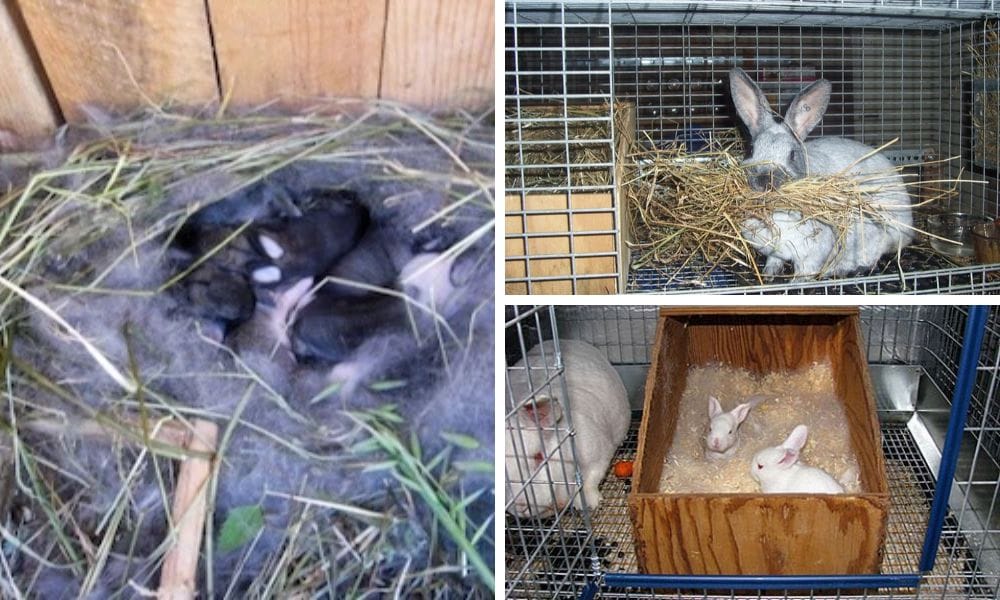
Key Takeaways:
- Understanding the structure and purpose of rabbit nests can help in protecting baby rabbits.
- Recognizing the signs of a rabbit nest in your yard can prevent accidental disturbances.
- Knowing when and how to intervene with a rabbit nest can save the lives of baby bunnies.
Rabbits are fascinating creatures, and their nesting habits are particularly interesting. Whether you're a wildlife enthusiast, a pet owner, or simply someone with a yard, understanding the intricacies of rabbit nests is essential. This article will delve into the world of rabbit nests, providing you with all the information you need to identify, protect, and coexist with these adorable animals.
The Basics of Rabbit Nests
Rabbit nests, often found in open spaces like yards and grassy areas, are crucial for the survival of baby rabbits, also called kittens. Mother rabbits, particularly the most common rabbit species like the eastern cottontail rabbits, create shallow nests by digging a shallow hole in the ground and lining it with materials like dead grass, twigs, and most importantly, their own fur. This fur not only provides warmth but also helps to camouflage the nest and protect the young from most predators.
Identifying a Rabbit's Nest
Spotting a rabbit's nest can be challenging due to its subtle appearance. Typically, a rabbit's nest resembles a shallow hole with a mixture of dead grass, mother's fur, and sometimes even a tic tac toe pattern created by the mother rabbit. These shallow nests are designed to be inconspicuous to avoid attracting predators. If you find a disturbed patch of grass or a small indentation in the middle of your yard, take a closer look – you might just have stumbled upon a rabbit's nest.
The Rabbit Mating Season and Nesting Habits
Rabbit mating season generally occurs between mid-March and mid-September. During this time, mother rabbits are busy preparing nests for their upcoming litters. After mating, the gestation period for a rabbit is about 30 days, and a single mother can have multiple litters throughout the season. Understanding this cycle is crucial to avoid mowing or disturbing grassy areas where rabbit nests might be present.
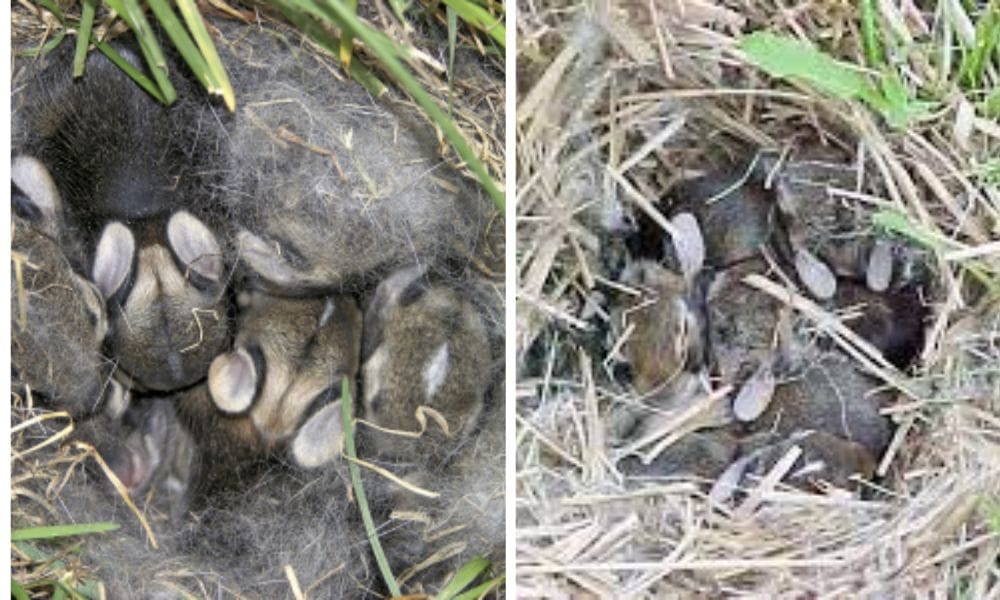
Protecting Baby Bunnies in Your Yard
If you discover a rabbit's nest in your yard, the best course of action is to protect it. Avoid mowing over the area and keep pets like cats and dogs at a distance. Baby bunnies have their eyes closed for the first week or so and are particularly vulnerable during this time. By giving them space and minimizing disturbances, you're helping ensure their survival.
The Intricacies of Rabbit Nest Camouflage
Wild rabbits are masters of disguise, and their nests are no exception. Often, a rabbit's nest is a shallow depression in the ground, lined with mother's fur and covered with grass and leaves to conceal it from predators. This camouflage is crucial as it helps to keep the baby bunnies safe from the prying eyes of predators. The mother rabbit meticulously collects materials that blend with the surroundings, making the nest almost invisible to the untrained eye. This natural instinct ensures that the baby rabbits can grow in relative safety until they are ready to venture out on their own.
The effectiveness of this camouflage also means that rabbit nests can be inadvertently disturbed by humans. A common scenario is during lawn maintenance; a lawn mower can wreak havoc on a hidden nest. To prevent such accidents, it's important to scan for nests, especially during peak nesting seasons from mid-March to mid-September. If you have a dog or cat, it's also wise to keep an eye on your pet inside during these months, as their curiosity could lead them to a nest, potentially attracting predators or causing harm to the baby bunnies.
Rabbit Nest Relocation: A Delicate Process
When a rabbit's nest must be moved, it's a delicate process that requires careful consideration. Wild rabbits, particularly species like the eastern cottontails, are known to create a new nest for each litter, which can occur multiple times during the breeding season. If you discover a nest in an open space that's vulnerable to danger, it's tempting to move it to a safer location. However, this can be problematic as the mother may not be able to find the new nest, leaving the baby rabbits orphaned.
If relocation is absolutely necessary, such as when a nest is in immediate danger from construction or other unavoidable disturbances, it's crucial to move the nest only a short distance away. This increases the chances that the mother will find the new nest. Additionally, it's important to wear gloves and disturb the nest as little as possible to prevent the transfer of human scent, which can attract predators. Always consult with a wildlife rehabilitator before attempting to move a nest, as they can provide guidance and assistance to ensure the best outcome for the baby rabbits.
When and How to Intervene with a Rabbit Nest
Sometimes, you may need to intervene with a rabbit nest, especially if it's in danger of being disturbed by yard work or pets. If the nest has been damaged, you can add dried grass or use the original material to repair it. Always try to leave the nest as close to the original site as possible. If you find a stray baby rabbit, you may or may not need to return it to the bunny nest. The kittens only stay in the nest for about 3 weeks. After that time they are old enough to be out on their own. If the babies have their eyes open and seem healthy, it's best to leave them be, as mother rabbits will usually return to feed them.
The Role of Wildlife Rehabilitators
In cases where baby bunnies are injured or abandoned, wildlife rehabilitators can be lifesavers. These professionals are trained to care for and rehabilitate wild animals, including baby rabbits. If you come across a nest that seems abandoned or if the babies are in distress, contact a local wildlife rehabilitator for guidance.
Domestic Rabbit Nesting
Domestic rabbit owners should also be aware of nesting behaviors. A domestic rabbit may require a nest box, which mimics the natural environment of a rabbit's nest. This box should be filled with bedding material like hay or straw and placed in a quiet, safe area of the pet's enclosure. Monitoring the nest and ensuring the mother rabbit is caring for her young is essential for the well-being of baby bunnies.
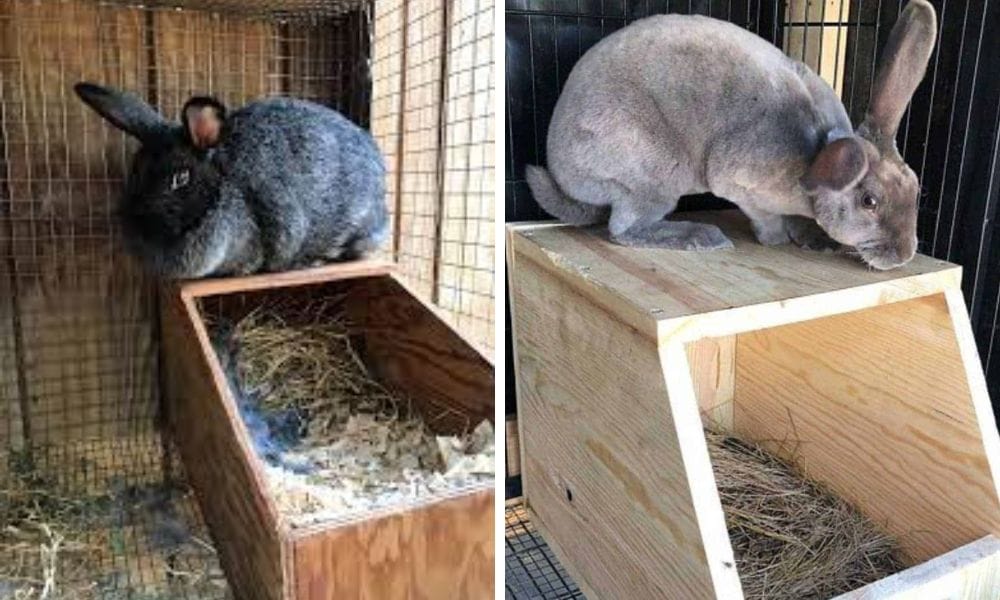
The Dangers of Moving a Rabbit's Nest
Moving a rabbit's nest can lead to abandonment and even death for the baby rabbits. Mother rabbits are very sensitive to changes in their nest's location and may not return if the nest is moved. If you must move a nest, consult with wildlife rehabilitators for advice on how to do so without causing harm to the babies.
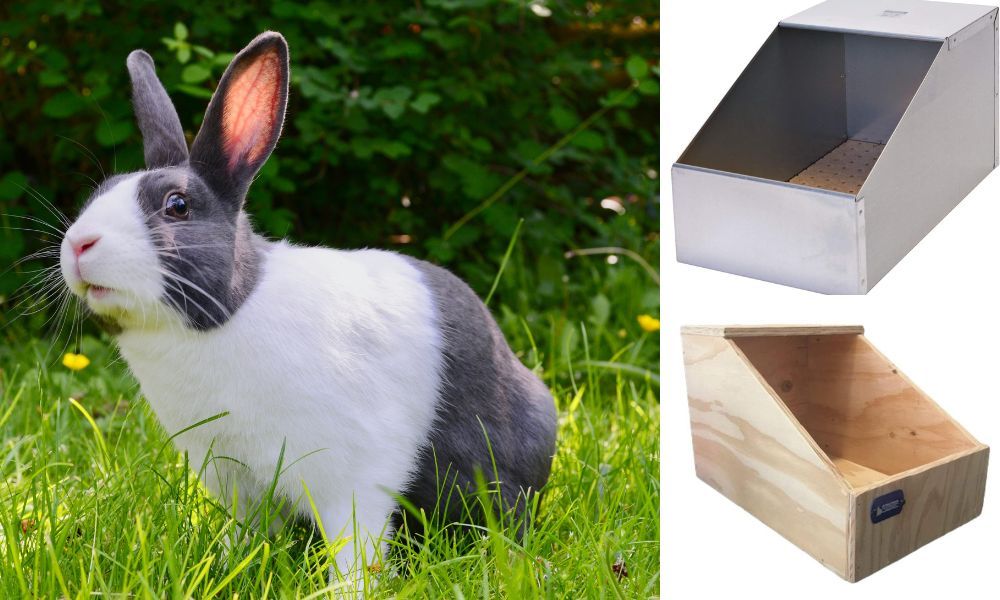
The Survival Rate of Baby Rabbits
The survival rate of baby rabbits in the wild can be low due to predation and environmental factors. However, a well-camouflaged nest, minimal human interference, and the mother's attentive care can increase their chances of reaching adulthood. Baby rabbits typically leave the nest at around three weeks old, when they are more capable of fending for themselves.
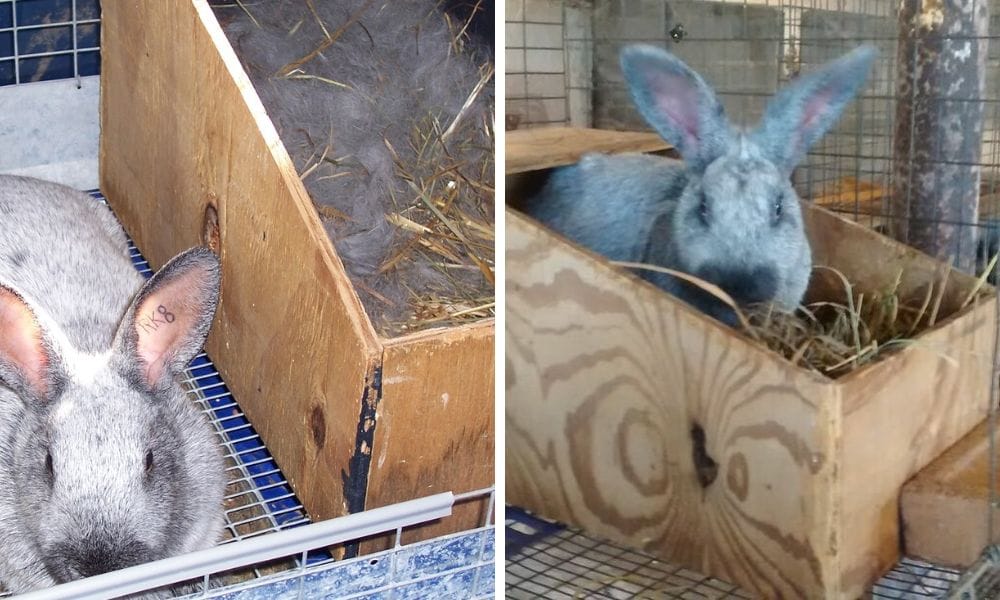
Summary
Rabbit nests are delicate structures that serve as a safe haven for baby bunnies during their most vulnerable stage. By understanding how to identify and protect these nests, we can help ensure the survival of these charming creatures. Whether you encounter a nest in the wild or are caring for a domestic rabbit, remember that minimal interference and a watchful eye are key. With a little knowledge and compassion, we can coexist peacefully with our furry friends and their offspring.
FAQ Section
Q: How can I tell if a rabbit's nest is active? A: An active rabbit's nest will usually have fresh fur and may have baby bunnies inside with their eyes closed. If you're unsure, place small twigs in a tic tac toe pattern over the nest and check back after 24 hours. If the twigs are disturbed, the mother rabbit is likely still caring for her young.
Q: What should I do if I accidentally uncover a rabbit's nest? A: If you uncover a rabbit's nest, try to restore it to its original condition using the surrounding grass and the mother's fur. Avoid touching the babies as much as possible to prevent the mother from abandoning them due to foreign scents.
Q: How often do mother rabbits feed their babies? A: Mother rabbits typically feed their babies once or twice a day, usually during dawn and dusk. The feeding is quick, often lasting only a few minutes, which is why many people mistakenly think the babies have been abandoned.

